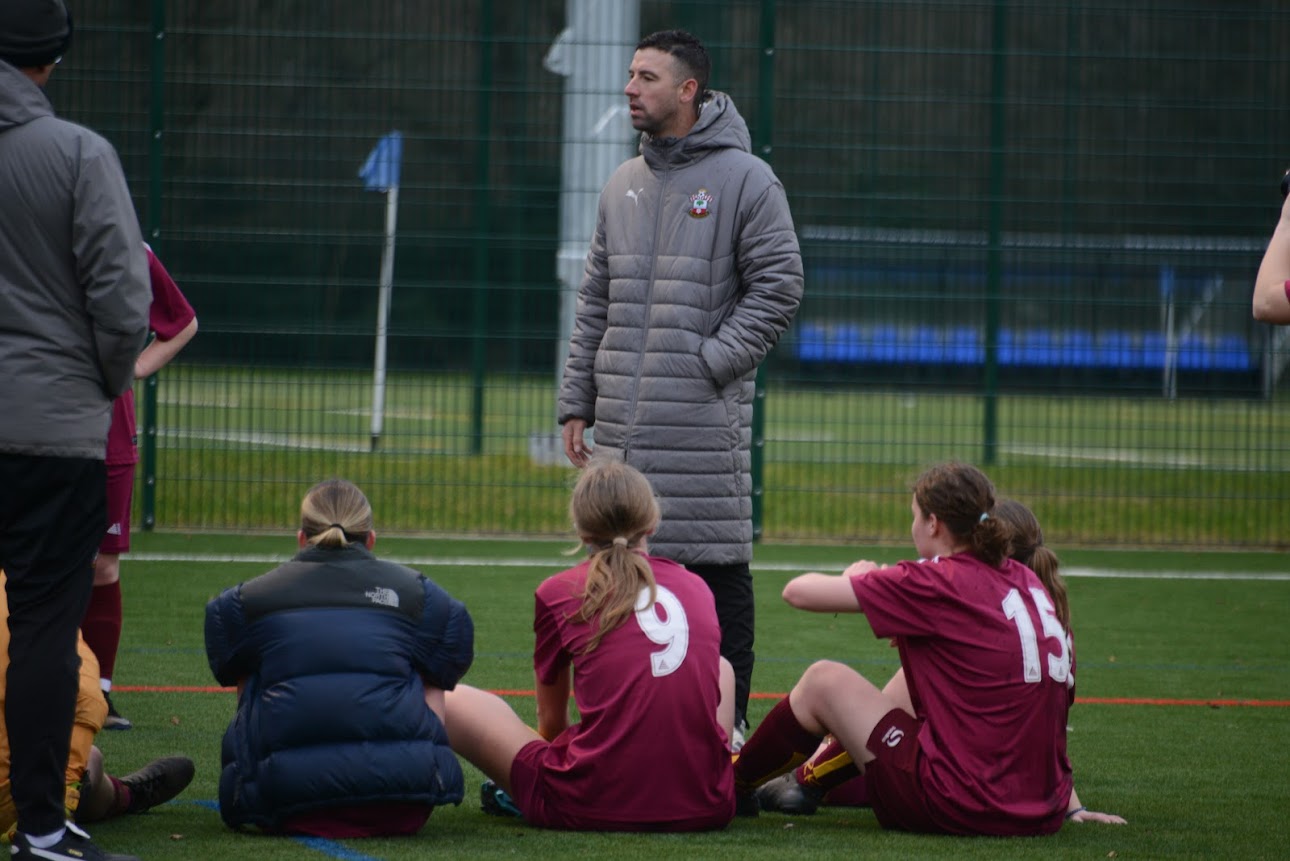Let Them Lead: Why Great Coaches Step Back and Empower Girls to Take the Reins
- Dave Rimmer
- Jun 11
- 2 min read

In youth football, it’s easy to believe that progress comes from direction, structure, and constant feedback. But some of the most meaningful development happens when coaches step back and let players lead.
For female players in particular, giving them space to take ownership of the team culture, communication, and even elements of training isn’t just a teaching tool. It’s a catalyst for confidence.
The Power of Stepping Back
Stepping back doesn’t mean stepping away. It means creating intentional moments in your sessions where players make decisions, guide their peers, and find their voice without a coach directing every move.
These moments might look like:
A player leading the warm-up
A team choosing their own practice
A small group managing a tactical huddle
A post-match peer-to-peer feedback session
When this happens, players start to see themselves not just as participants, but as contributors. Leadership, responsibility, and resilience grow in that space.
Why This Matters More for Girls
Research and anecdotal experience show that girls often thrive in environments that value connection, inclusion, and communication. When coaches dominate the space, talking more than listening, those qualities can be pushed aside.
Giving girls permission to lead creates:
A culture of shared voice – where ideas are heard from every level of ability and confidence
A more connected team – as players feel ownership over outcomes, not just execution
Increased self-belief – especially important for girls who may be naturally self-critical or hesitant
Girls often internalise performance more deeply than boys. When they lead, they learn to trust themselves. And when they support each other, something powerful happens: team culture becomes player-driven.
Team Talks: Using Peer Leadership to Build Culture
One of the most effective ways to embed leadership is by rethinking team talks.
Instead of always addressing the group yourself, try:
Asking a player to run the pre-match huddle
Giving a small group 60 seconds to plan the half-time team talk
Allowing time post-session for peer reflections in pairs or threes
You’ll start to see quiet players speak up.
Confidence grows naturally, not through pressure, but through experience. And over time, players start holding each other accountable, not in a harsh way, but with encouragement and purpose.
Peer-Led Warm-Ups: More Than Just Movement
A coach-led warm-up is efficient. But a player-led warm-up teaches planning, communication, and leadership under pressure. Start small:
Assign warm-up leadership to one player each week
Provide a simple template, but let them run it in their own way
Encourage variety and creativity
This approach works particularly well with girls, who often thrive on preparation and peer connection. You may even find your most thoughtful leaders aren’t always the loudest ones.
Let Leadership Be Learned, Not Assigned
Giving girls opportunities to lead isn’t about creating a hierarchy. It’s about creating safe, structured ways for them to experiment with responsibility.
As a coach, stepping back might feel risky at first. But what you gain, player growth, trust, and deeper team culture, is worth every moment of silence.
Sometimes the best coaching move is knowing when not to speak.









Comments